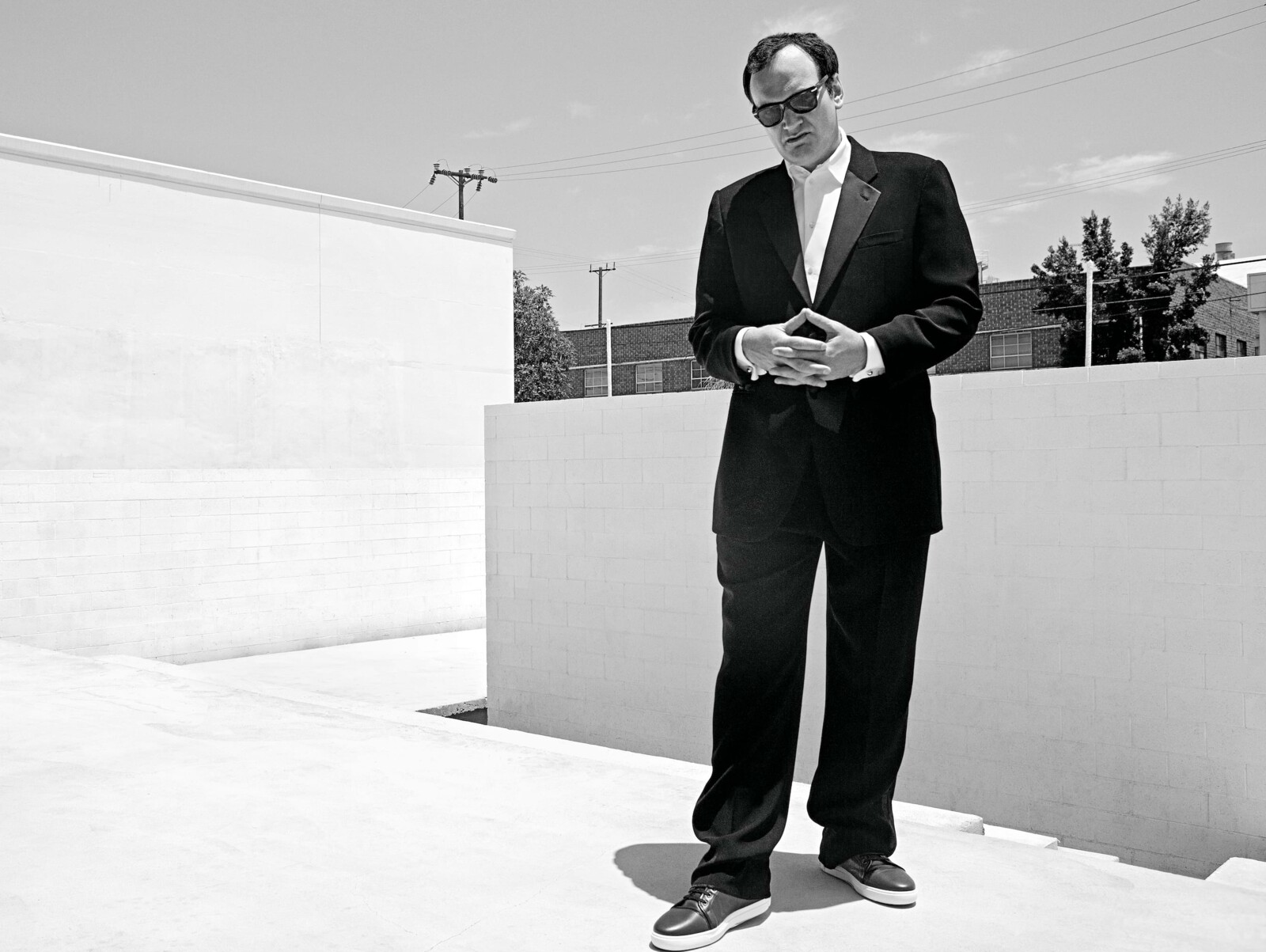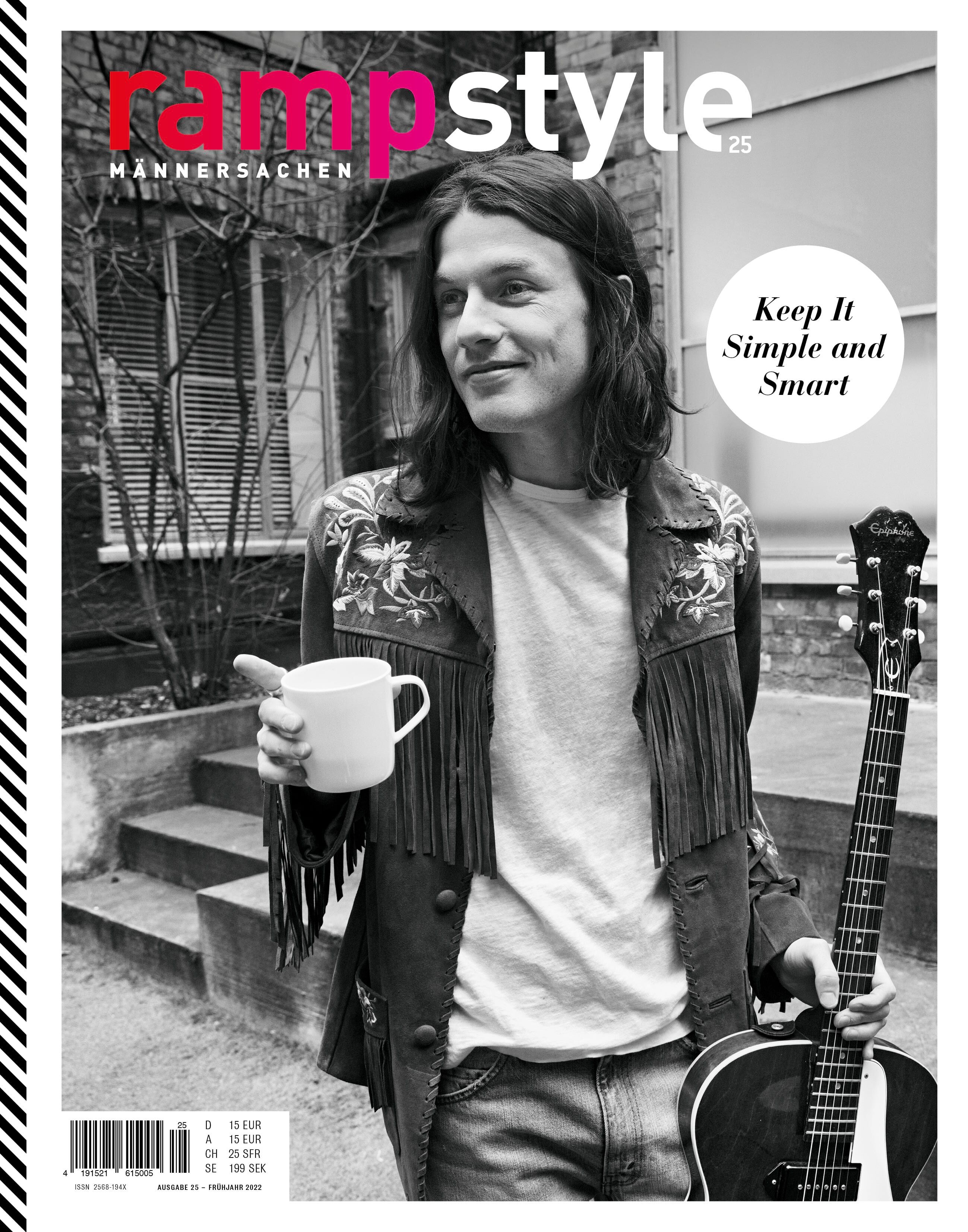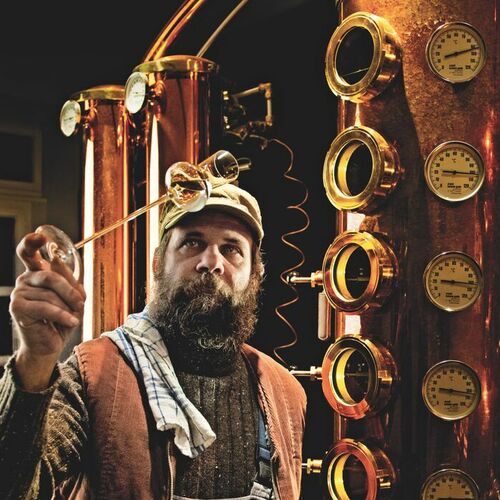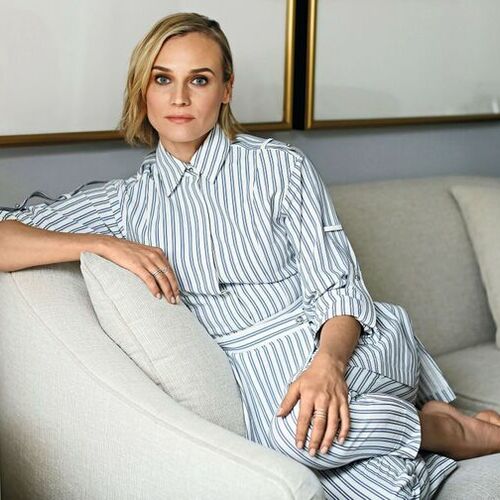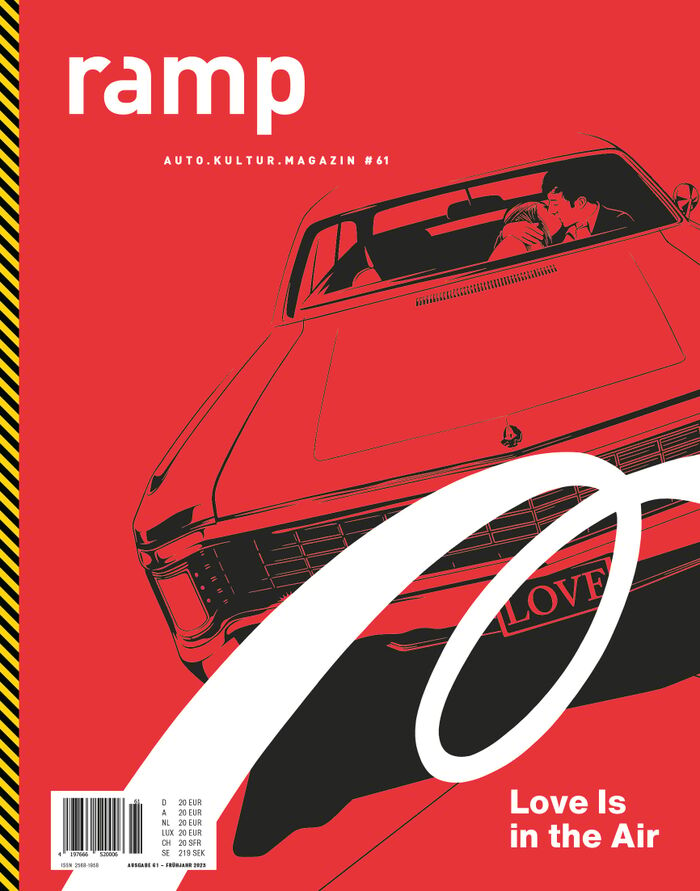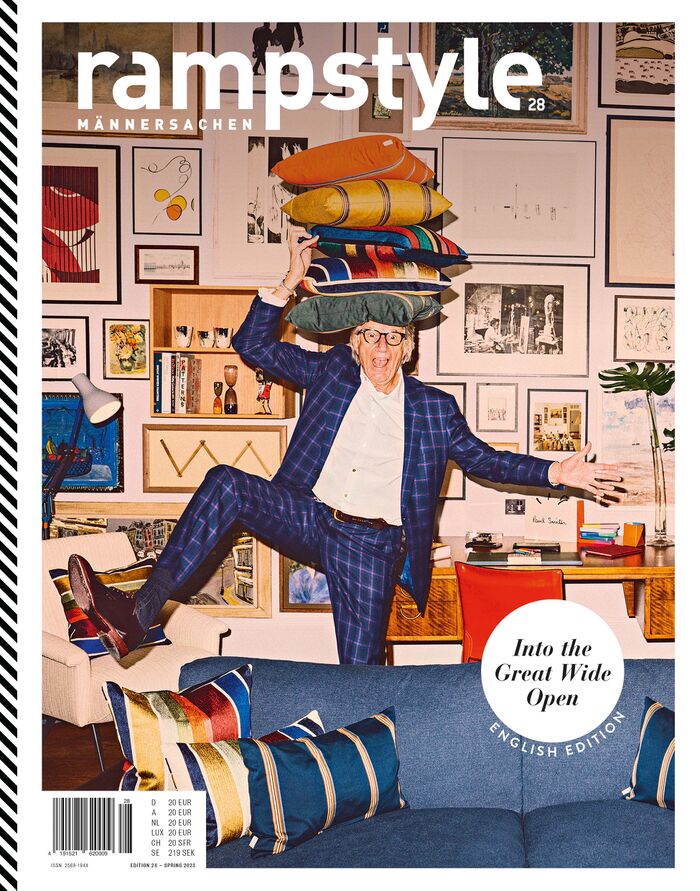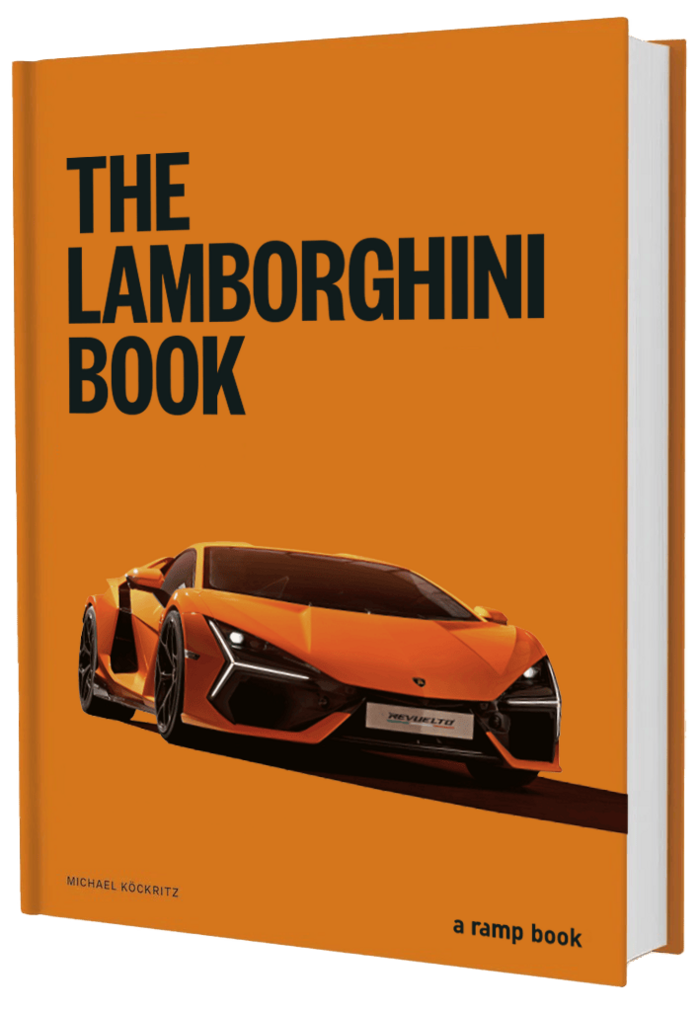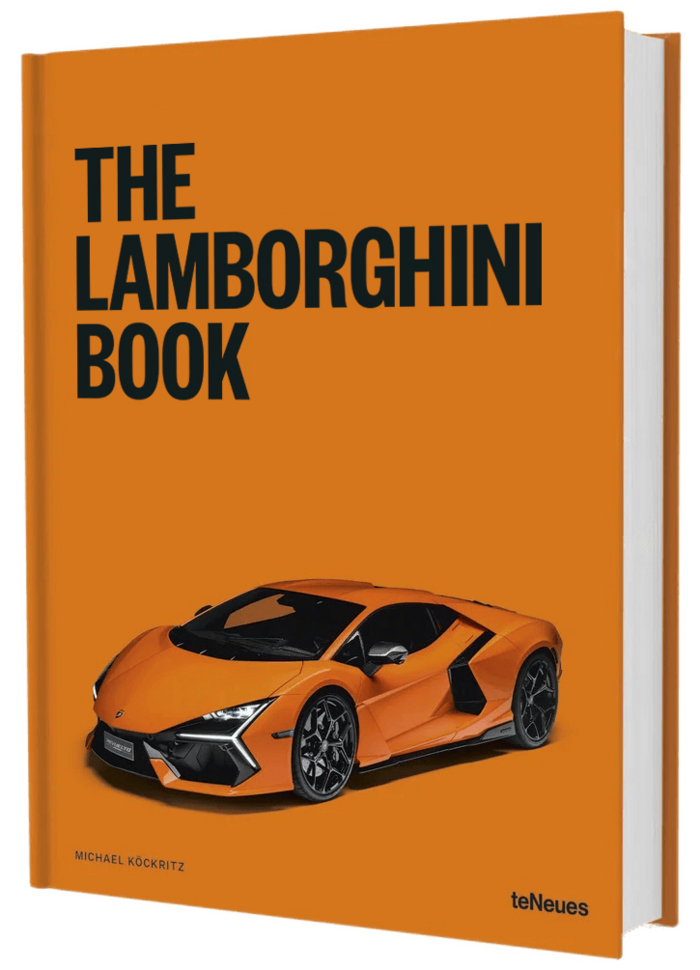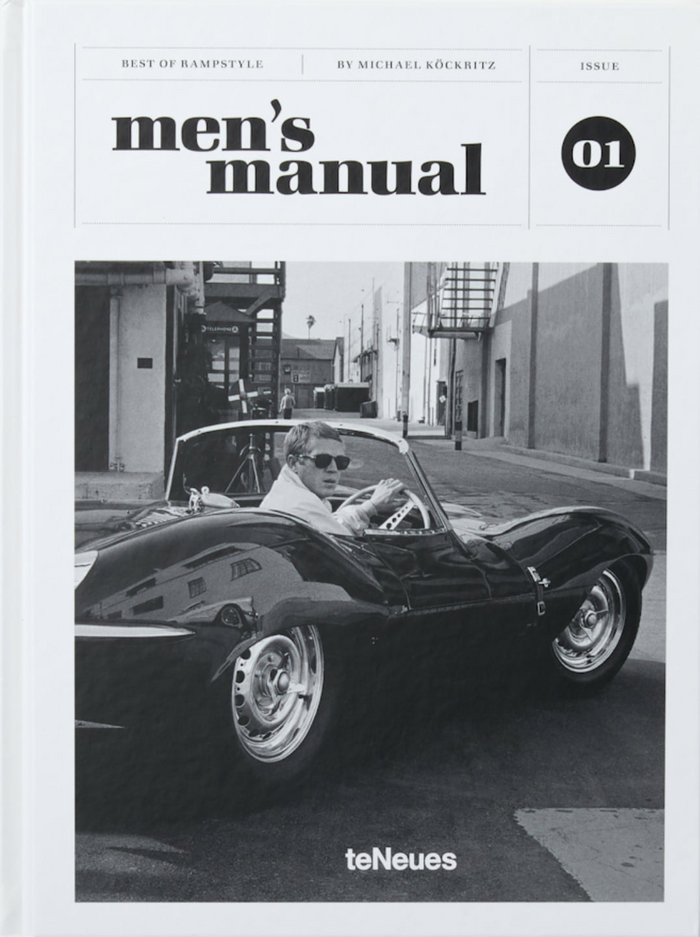You’ve been saying for years that you’ll stop directing after your tenth film. So now there’s only one more to go . . . ?
There’s a simple reason for that: I don’t want to be an old man filmmaker, making old man movies, who doesn’t know when to leave the party. I don’t want to fuck up my filmography with a bunch of old man’s stuff. I want to leave the ring triumphant. When I’m old, I’d rather just write and be a man of letters. Have more children. But I don’t want my older self to be a guy who makes movies anymore.
All of your films are perfectly done, but you never went to film school. Is learning by doing the better approach?
Most cinema schools don’t teach you that much aesthetically. They will show you some movies and they might teach you how to synch soundtrack with picture, they might teach you a few editing tricks and what you can do with the camera, but they can’t teach you how to become an artist.
And how do you become an artist?
Part of becoming an artist is discovering your aesthetic. Finding your aesthetic is actually quite simple. I start it off with: I like this, I don’t like this. Then you have to start realizing the difference between good work and bad work. That helps you to you fine tune your aesthetics so you can put them into practice.
That does sound very simple.
One of the people who influenced me the most was the film critic Pauline Kael. I read her reviews and I can tell you, her reviews were better than anything I could have learned at film school. She taught me an aesthetic and I appreciated her opinion. I’m not saying I agreed with her all the time, but it was a way of cinema that affected me to this day.
But to make a movie, you also need to know the technical aspects.
I disagree. Before I did Reservoir Dogs . . .
